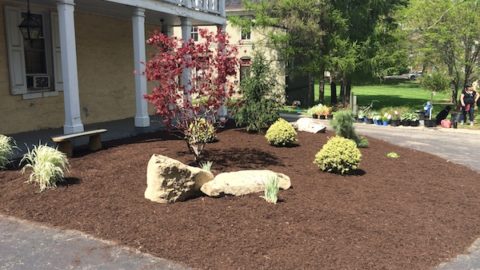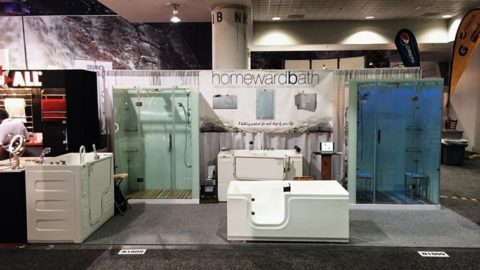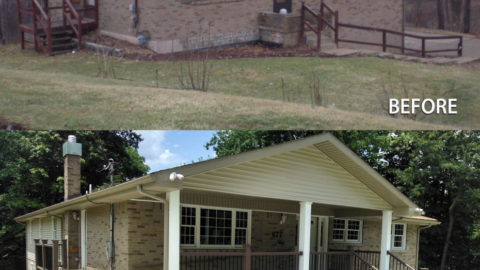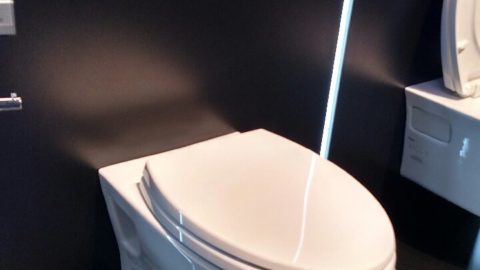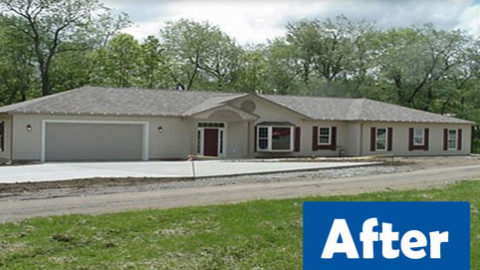Residential Resources was contacted by a trust attorney to examine conditions and make recommendations regarding a bathroom renovation recently performed for one of his clients. His client uses a wheelchair and is unable to bathe on her own. A substantial bathroom renovation was performed in her home approximately 3 years earlier by an “accessibility expert,” who did a poor job of planning and implementing the job. Their task was to design a fully accessible ‘wet-room’ bath, that included a central floor drain, tile floors and open floor plan. RRI was able to step up and fix the problem, and create a long term solution.
Issue
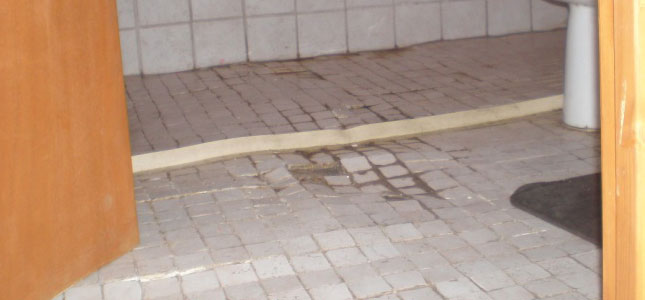
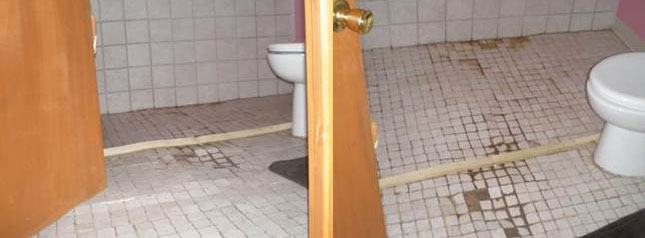
In less that three years the floor tiles started to buckle and lift to the point that the bathroom door was stuck in a half-open, half-closed position. The membrane beneath the tile was poorly chosen and not up to the task. The potential for water damage to the rest of the home was also a concern. The situation left the client with an unusable bathroom and an extremely frustrating situation.
Assessment
After careful examination of the installation and conditions present it was recommended by RRI that because the bathroom floor and drain system was not installed properly the entire bathroom would need to be re-done. Further examinations found that the electrical outlet in the bathroom was non-functional, forcing the family to use extension cords. The overhead exhaust fan did not work and water was leaking through the ceiling into the kitchen below.
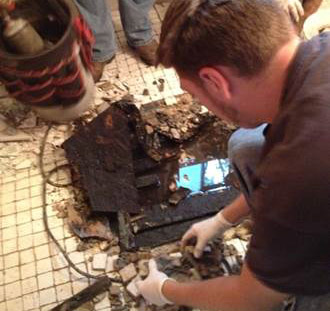
After demolition of the floor it was confirmed that the floor system did have a rubber liner under it but the tile was then installed on top of Oriented Strand Board (OSB) which absorbed all of the moisture that filtered through the grout. The wood swelled until it started to lift the tile, meanwhile the rubber liner under it retained all of the water causing extensive mold to develop. Additionally, 75% of the floor joists were damaged during the initial renovation affecting the structural integrity of the entire floor. It was also determined that the proper permits, specifically a plumbing permit and inspection, had not been obtained.
The Renovation Plan
A proper wet-room design installation began with repairing damaged floor joists, reinforcing the floor where necessary and installing all new plumbing. Then the rubber membrane liner was installed with grid lines to create the proper pitch or fall to the floor drain. A dry pack cement base was installed creating a solid water-tight floor system for tile installation.
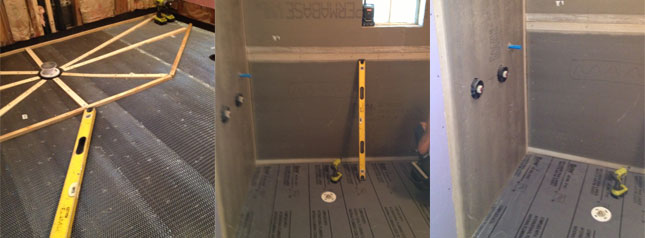
Reinforcing, or blocking was added between walls studs prior to cement board being installed, and finally walls covered in tile. A slide bar that doubles as a grab bar and holder for the hand held shower was installed for ease of bathing and appropriate grab bars that served the clients needs and those of care-givers. The result was a usable bathroom for the client that will serve her needs for years to come.
Unfortunately, this is not an uncommon scenario when people engage a contractor who didn’t have proper qualifications and knowledge to perform specialty work such as an accessible bathroom.
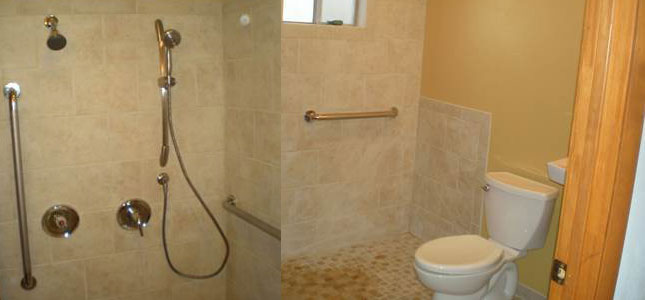
Services
If you have a bathroom or accessible home dilemma don’t hesitate to contact RRI for an assessment. Our experts are available to inspect your property and provide feasible and sensible solutions.


